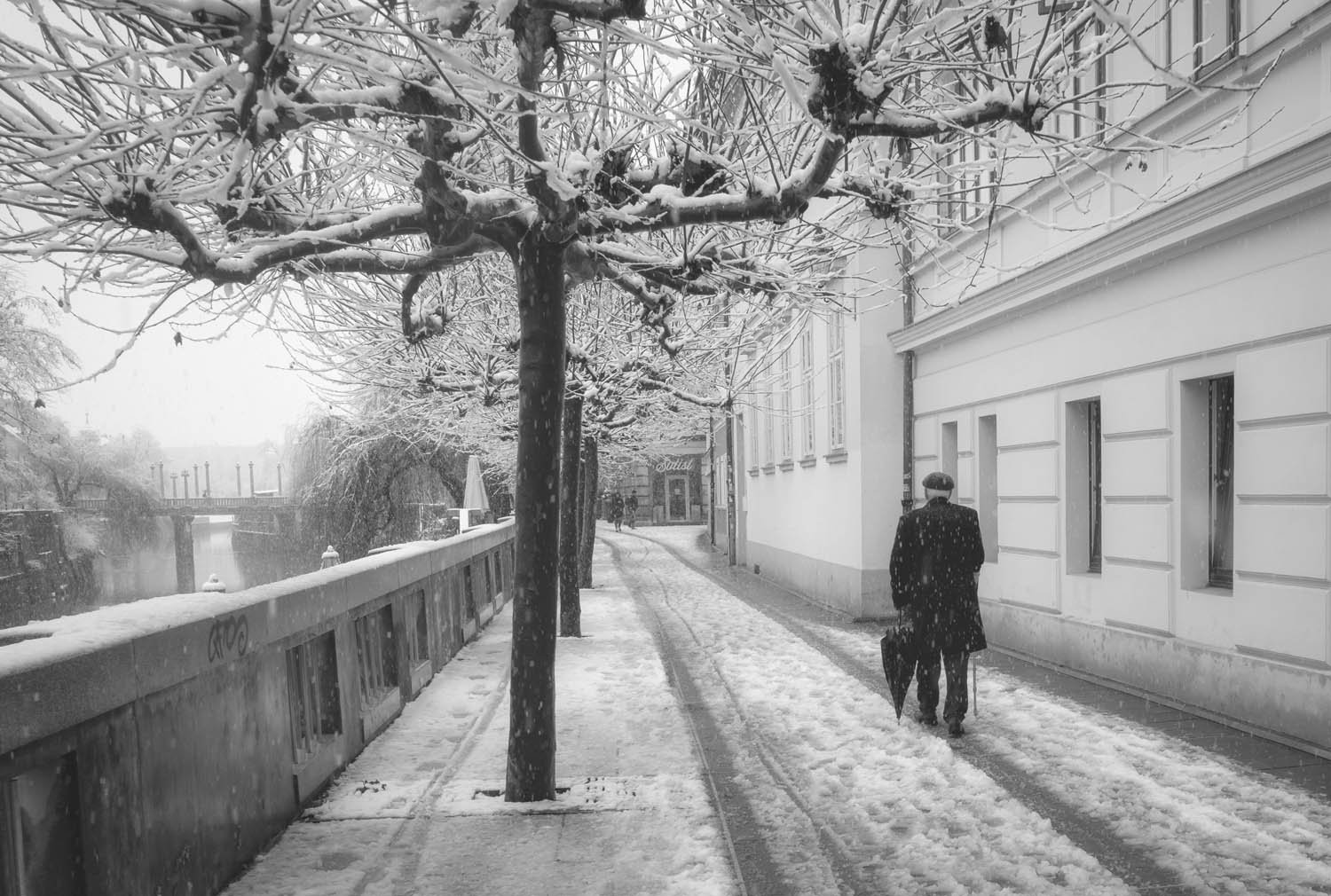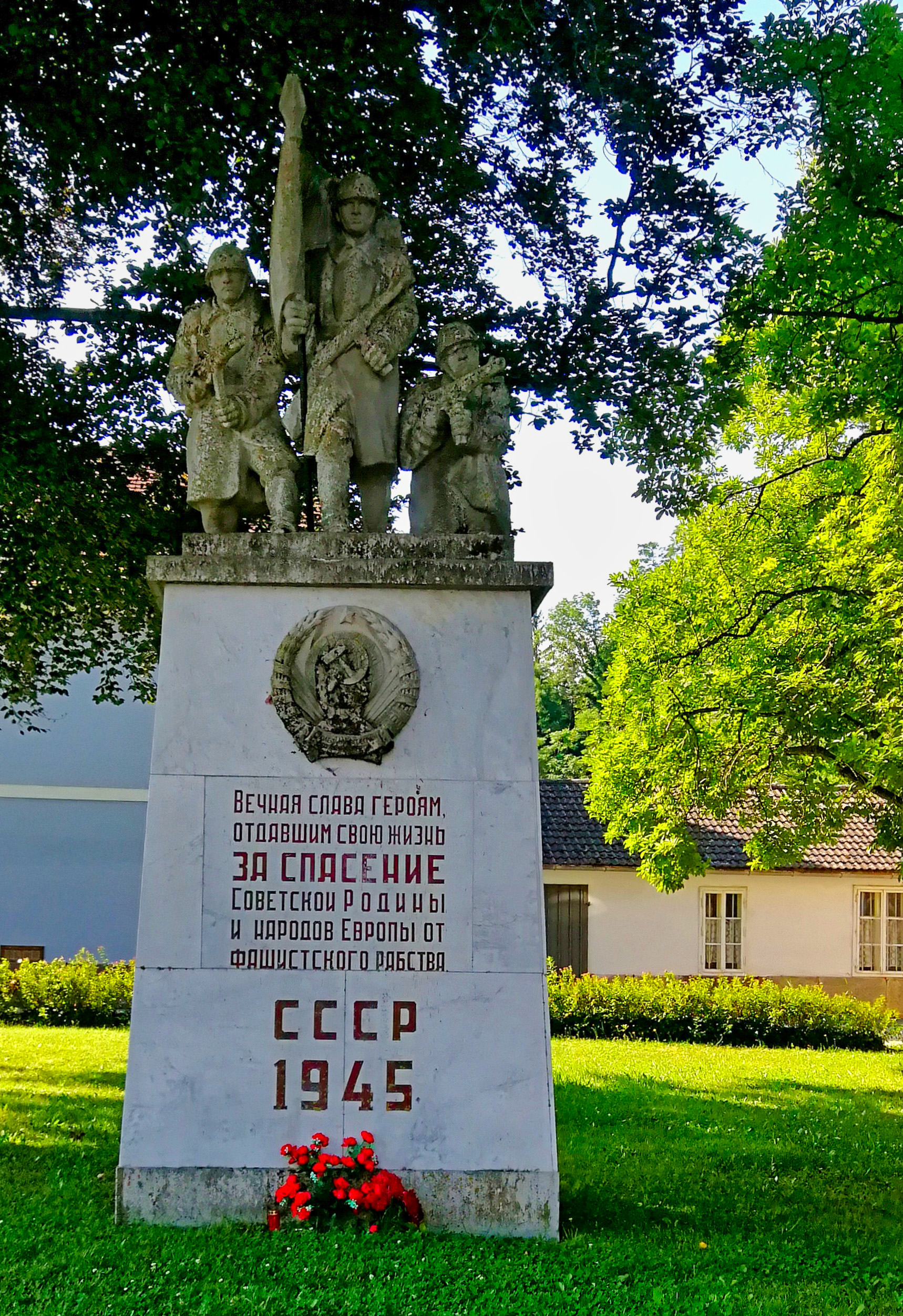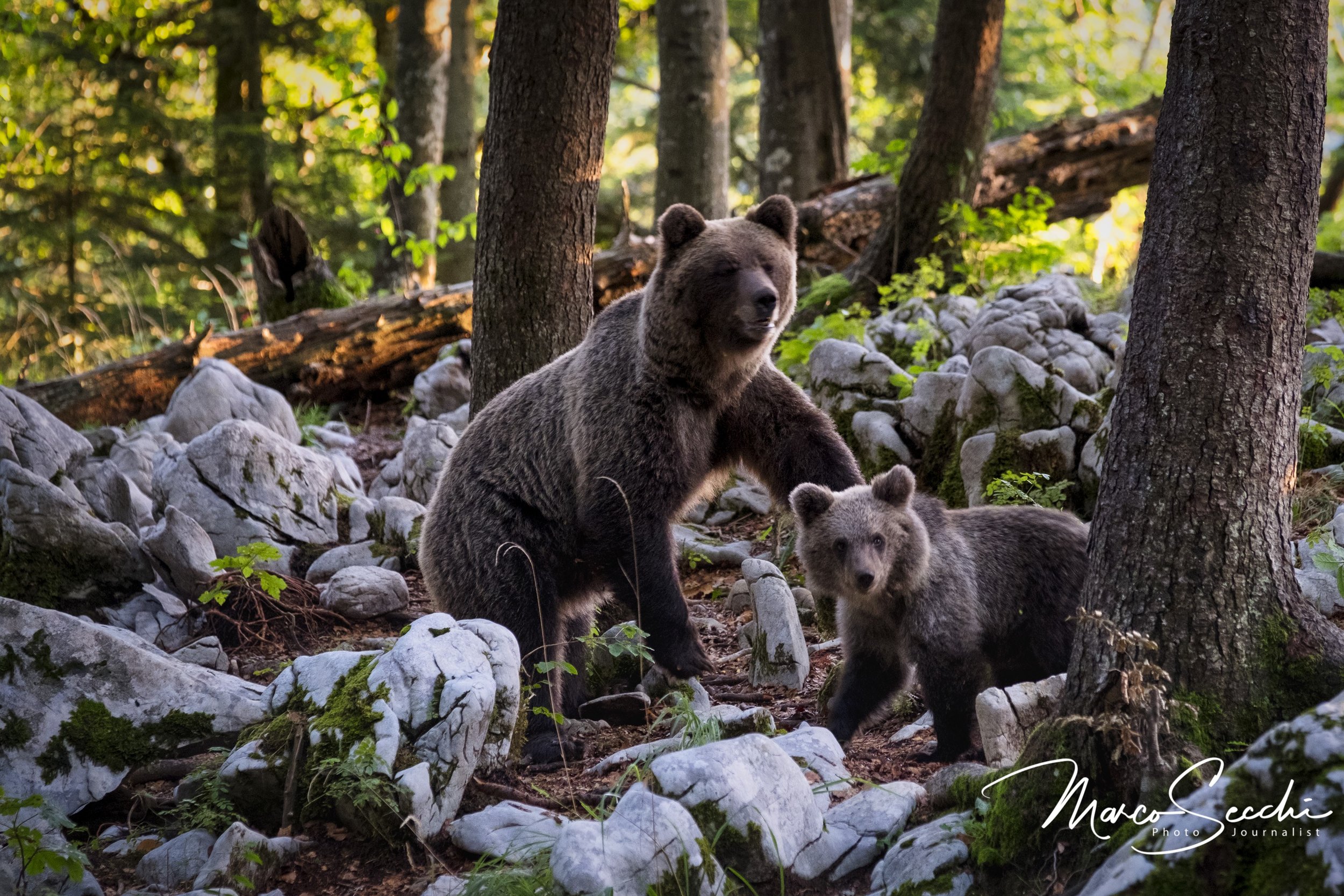Ljubljana Through the Lens: A Seasonal Guide to Photography
/Ljubljana, Slovenia's picturesque capital, offers photographers a dynamic and ever-changing landscape. Each season brings its unique charm, transforming the city’s scenery and mood. In this guide, we'll explore how to capture the essence of Ljubljana throughout the year, highlighting the best spots and providing tips for making the most of each season.
Spring: Blossoms and Fresh Beginnings
Spring in Ljubljana is a time of renewal, with the city bursting into bloom. The mild weather and vibrant colors make it a perfect season for outdoor photography.
Key Locations:
Tivoli Park: The park comes alive with blossoming flowers and lush greenery. Capture the delicate cherry blossoms and the reflective ponds.
Ljubljana Botanical Garden: A haven for macro photography enthusiasts, the botanical garden showcases a variety of spring flowers.
Old Town Streets: The cobbled streets and pastel-colored buildings of the Old Town look even more charming with the addition of blooming window boxes and street-side flowers.
Tips:
Golden Hour: Use the soft morning and evening light to enhance the colours and add a magical glow to your photos.
Close-Ups: Use a macro lens to capture the intricate details of spring blossoms and fresh leaves.
Summer: Festivals and Vibrant Life
Summer in Ljubljana is lively and bustling, with numerous festivals, outdoor concerts, and vibrant street life. The long days provide ample light for photography.
Key Locations:
Ljubljanica River: The riverside cafes and markets are bustling with activity. Capture the reflections of buildings in the river and the lively atmosphere of the outdoor seating areas.
Prešeren Square: This central square is the heart of Ljubljana's social life. Photograph the street performers, musicians, and festival parades.
Metelkova Mesto: The cultural hub is especially vibrant in summer, with various events and art installations.
Tips:
Candid Shots: Capture the spontaneity and energy of the city by focusing on candid street photography.
Night Photography: Utilize the warm summer nights to experiment with night photography, capturing illuminated landmarks and festive lights.
Autumn: Golden Hues and Crisp Air
Autumn transforms Ljubljana into a canvas of golden and red hues. The crisp air and changing leaves create a picturesque setting for photographers.
Key Locations:
Ljubljana Castle: The view from the castle hill is breathtaking in autumn, with the cityscape framed by colourful foliage.
Koseze Pond: This tranquil spot is perfect for capturing reflections of autumn leaves on the water.
Street Markets: Autumn markets are filled with seasonal produce and vibrant colours, offering great opportunities for still-life photography.
Tips:
Reflections: Use water bodies to capture the reflections of autumn leaves and enhance the colours in your photos.
Contrast and Texture: Play with the contrast between the bright autumn leaves and the city's architecture to add depth to your images.
Winter: Snow and Serenity
Winter brings a serene and peaceful atmosphere to Ljubljana. The city often looks like a scene from a fairytale, with snow-covered rooftops and twinkling lights.
Key Locations:
Triple Bridge and Prešeren Square: These landmarks look magical with a dusting of snow, especially during the holiday season with festive decorations.
Dragon Bridge: Capture the iconic dragons against a backdrop of snow and winter sky.
Ljubljana Christmas Market: The market is a winter wonderland, with beautifully decorated stalls, lights, and festive cheer.
Tips:
Snow Photography: Use a higher exposure compensation to avoid underexposed images when shooting in snowy conditions.
Warmth and Contrast: Look for warm lights and colors to contrast with the cold winter tones and create a cozy, inviting feel.
Conclusion
Ljubljana shines in every season, offering photographers a diverse and rich array of scenes to capture. Whether you're photographing the vibrant spring blossoms, the lively summer streets, the golden autumn leaves, or the serene winter landscapes, Ljubljana provides endless opportunities to create stunning images. Pack your camera and explore the seasonal beauty of this enchanting city!




































